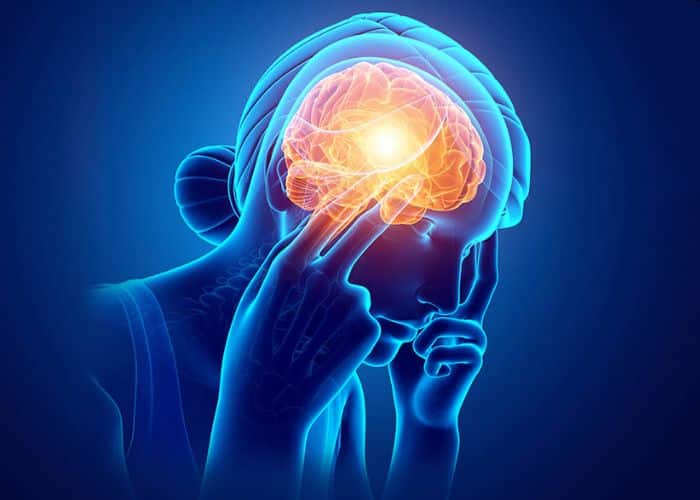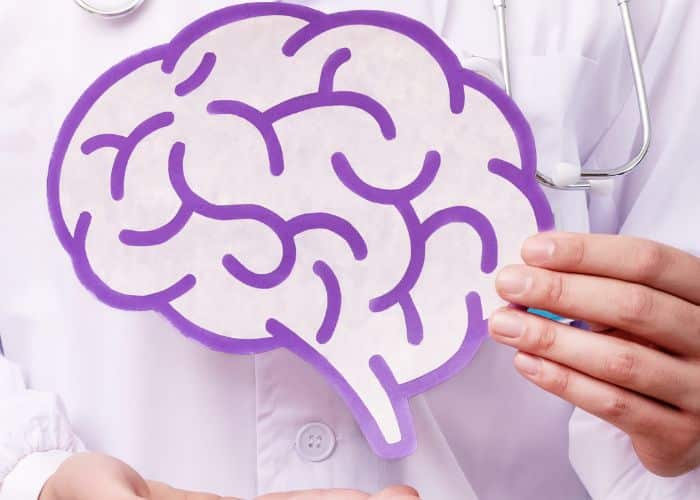The Ultimate Guide to Boosting Your Neurological Health
Did you know that migraines affect approximately 1 billion people worldwide? Learn more about this widespread condition and how to manage its symptoms in this informative guide. Migraines are a common and debilitating condition that affects approximately 1 billion people worldwide. Characterized by severe headaches, sensitivity to light and sound, and nausea, migraines can significantly impact a person’s quality of life. In this guide, we will explore the causes, symptoms, and treatment options for migraines, as well as provide tips for managing and preventing future episodes.
1. Understanding Migraines: Causes, Symptoms, and Triggers
Migraines are complex neurological disorders that can be triggered by a variety of factors. While the exact cause of migraines is still unknown, researchers believe that a combination of genetic and environmental factors play a role. Common triggers for migraines include stress, hormonal changes, certain foods and drinks, lack of sleep, and sensory stimuli such as bright lights or strong smells. Understanding these triggers can help individuals better manage their migraines and reduce the frequency and severity of episodes. In addition to severe headaches, migraines can also cause symptoms such as nausea, vomiting, dizziness, and sensitivity to light and sound. By recognizing these symptoms, individuals can seek appropriate treatment and make lifestyle changes to alleviate their discomfort.2. Seeking Medical Help: Diagnosis and Treatment Options
If you suspect that you may be experiencing migraines, it is important to seek medical help for a proper diagnosis and to explore treatment options. A healthcare professional, such as a neurologist or headache specialist, can evaluate your symptoms, medical history, and conduct any necessary tests to confirm a migraine diagnosis. Once diagnosed, there are various treatment options available to help manage migraines. These can include over-the-counter pain relievers, prescription medications, lifestyle changes, and alternative therapies. It is important to work closely with your healthcare provider to find the best treatment plan for you, as migraines can vary in frequency and severity from person to person. Remember, seeking medical help is crucial in effectively managing migraines and improving your quality of life.3. Lifestyle Changes: Managing Stress and Sleep Patterns
Lifestyle changes can play a significant role in managing migraines, particularly when it comes to managing stress and sleep patterns. Stress is a common trigger for migraines, so finding effective ways to reduce and manage stress can help prevent or minimize the frequency and severity of migraines. This can include practicing relaxation techniques such as deep breathing exercises, meditation, or yoga. Additionally, ensuring you get enough quality sleep is important, as lack of sleep or poor sleep can increase the risk of migraines. Establishing a regular sleep schedule, creating a relaxing bedtime routine, and creating a comfortable sleep environment can all contribute to better sleep and migraine management. It is important to remember that lifestyle changes may not completely eliminate migraines, but they can be a valuable part of a comprehensive treatment plan. Consulting with a healthcare professional can help you develop a personalized approach to managing migraines and improving your overall well-being.

4. Dietary Considerations: Identifying Trigger Foods and Nutritional Strategies
When it comes to managing migraines, paying attention to your diet can make a big difference. Certain foods and beverages have been identified as common triggers for migraines, and avoiding or limiting these can help reduce the frequency and severity of attacks. Some common trigger foods include aged cheeses, processed meats, chocolate, caffeine, alcohol, and foods containing MSG (monosodium glutamate). Keeping a food diary can be helpful in identifying your personal trigger foods. In addition to avoiding trigger foods, incorporating certain nutrients into your diet may also be beneficial. Magnesium, for example, has been shown to help reduce the frequency of migraines. Foods rich in magnesium include leafy green vegetables, nuts, seeds, and whole grains. Omega-3 fatty acids, found in fatty fish like salmon and sardines, may also have a protective effect against migraines. It’s important to note that dietary changes alone may not be enough to manage migraines, and consulting with a healthcare professional is recommended for a comprehensive treatment plan.
5. Alternative Therapies: Exploring Non-Medication Approaches for Migraine Relief
In addition to medication, there are several alternative therapies that can provide relief for migraines. One popular option is acupuncture, which involves the insertion of thin needles into specific points on the body. Studies have shown that acupuncture can help reduce the frequency and intensity of migraines. Another alternative therapy is biofeedback, which involves learning to control certain bodily functions, such as heart rate and muscle tension, through relaxation techniques. Biofeedback has been found to be effective in reducing the frequency and severity of migraines. Additionally, some people find relief through chiropractic adjustments, massage therapy, and herbal supplements. It’s important to note that while these alternative therapies may provide relief for some individuals, they may not work for everyone. It’s always best to consult with a healthcare professional before starting any new treatment.